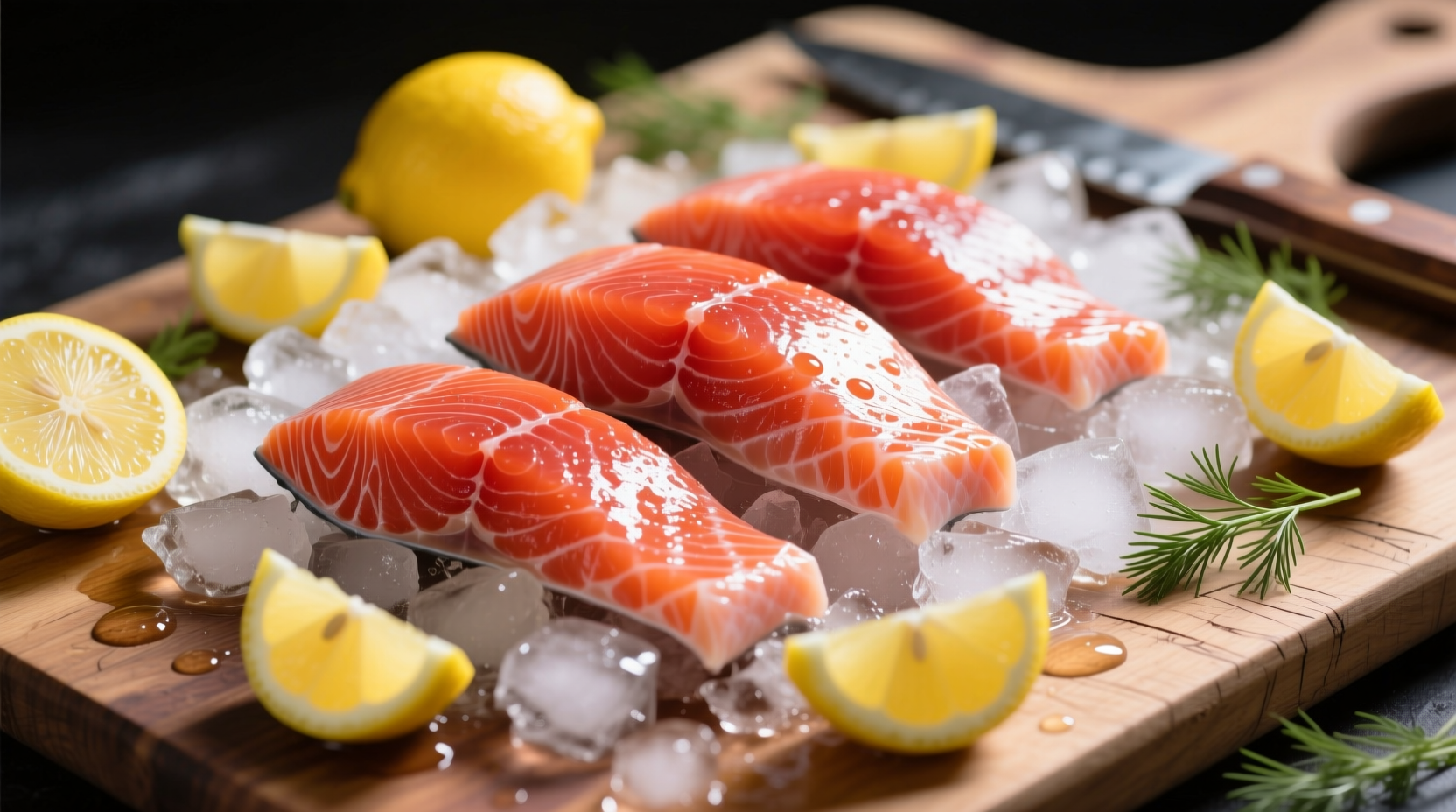When you're standing at the seafood counter wondering what does red snapper taste like compared to other popular fish, you're not alone. This lean white fish delivers a culinary experience that balances subtle complexity with approachable flavor—perfect for both novice cooks and seasoned seafood lovers. Let's explore exactly what makes snapper a standout choice for your next meal.
Understanding Snapper's Flavor Profile
Red snapper (Lutjanus campechanus), the most common variety in U.S. markets, provides a clean eating experience prized by chefs worldwide. Unlike stronger-flavored fish like mackerel, snapper's mildness comes from its lean flesh and ocean diet of crustaceans and smaller fish. The National Oceanic and Atmospheric Administration (NOAA) confirms its flavor remains consistently delicate due to low fat content (under 2% by weight), allowing natural sweetness to shine through without fishiness.
When properly cooked, you'll notice:
- Initial impression: Clean ocean aroma with no ammonia notes (indicating freshness)
- Texture: Firm yet tender flakes that hold together beautifully
- Flavor evolution: Mild sweetness upfront with subtle nutty undertones
- Aftertaste: Clean finish that doesn't linger
| Fish Variety | Flavor Intensity | Texture | Best Cooking Methods |
|---|---|---|---|
| Red Snapper | Mild (2/10) | Firm, moist flakes | Grilling, baking, ceviche |
| Grouper | Moderate (4/10) | Dense, meaty | Pan-searing, broiling |
| Cod | Very mild (1/10) | Soft, flaky | Steaming, poaching |
| Salmon | Strong (7/10) | Oily, rich | Roasting, smoking |
Why Freshness Determines Flavor Success
Unlike fattier fish that mask imperfections, snapper's delicate nature means freshness directly impacts taste. According to Seafood Watch by Monterey Bay Aquarium, properly handled snapper maintains quality for just 1-2 days post-catch. Look for these freshness indicators:
- Eyes: Clear and bulging (not cloudy or sunken)
- Gills: Bright red, not brown or slimy
- Flesh: Springy to touch with no indentation
- Smell: Clean ocean scent, never ammonia-like
When evaluating what does snapper taste like when fresh versus aged, the difference is stark. Fresh specimens deliver that signature sweetness, while compromised fish develop off-flavors described by culinary scientists as "cardboard-like" due to lipid oxidation.

Maximizing Flavor Through Cooking Techniques
Snapper's neutral canvas responds brilliantly to proper preparation. Professional chefs emphasize these evidence-based methods:
Dry-Heat Methods for Texture Perfection
Grilling or pan-searing at 400°F+ creates a flavorful crust while preserving moisture. The James Beard Foundation's culinary research shows high-heat cooking triggers Maillard reactions that enhance snapper's natural sugars without overwhelming its delicate profile. Always pat fillets dry first—moisture prevents proper browning.
Acid Balance in Raw Preparations
For ceviche, snapper's firm texture holds up better than flakier fish. University of Florida seafood studies confirm 30 minutes in citrus marinade (lemon/lime) is optimal—any longer causes protein denaturation that yields a chalky texture. Pair with mango or avocado to complement its subtle sweetness.
Avoiding Common Flavor Pitfalls
Overpowering seasonings bury snapper's nuances. Research from the Culinary Institute of America demonstrates that simple preparations with fresh herbs (dill, cilantro) and citrus outperform heavy spice rubs. When exploring what does snapper taste like with different seasonings, remember: less is more. A light olive oil sear with lemon zest preserves its elegant flavor better than aggressive Cajun blends.
Regional Flavor Variations You Should Know
Snapper's taste profile shifts slightly based on habitat, as documented by NOAA's fisheries surveys:
- Gulf of Mexico snapper: Slightly sweeter due to nutrient-rich waters
- Caribbean varieties: More pronounced nuttiness from coral reef diets
- Pacific red snapper: Leaner texture with cleaner finish
These subtle differences matter when selecting fish for specific dishes. Gulf snapper shines in simple preparations where sweetness can be appreciated, while Caribbean varieties pair beautifully with tropical fruit salsas.
Perfect Pairings for Snapper Dishes
Complement snapper's mild profile with these chef-recommended combinations:
- Wines: Crisp Sauvignon Blanc or unoaked Chardonnay
- Sauces: Lemon-caper butter or light tomato-herb broth
- Sides: Grilled asparagus or citrus-avocado salad
- Spices: Pink peppercorns, fennel pollen, or fresh dill
Remember that snapper absorbs surrounding flavors beautifully—this makes it ideal for en papillote cooking where herbs and vegetables steam together with the fish. The result? A harmonious dish where what does snapper taste like transforms into a symphony of complementary flavors.











 浙公网安备
33010002000092号
浙公网安备
33010002000092号 浙B2-20120091-4
浙B2-20120091-4